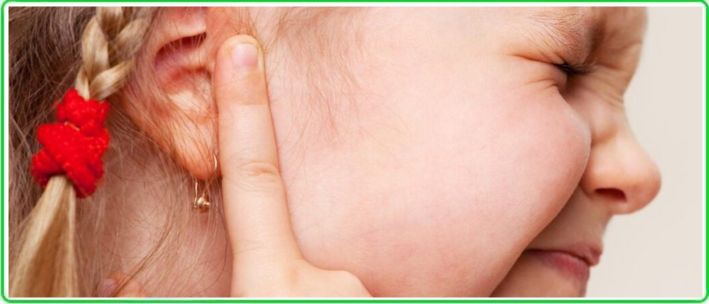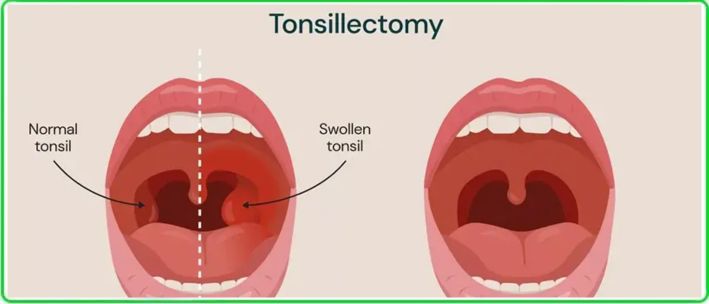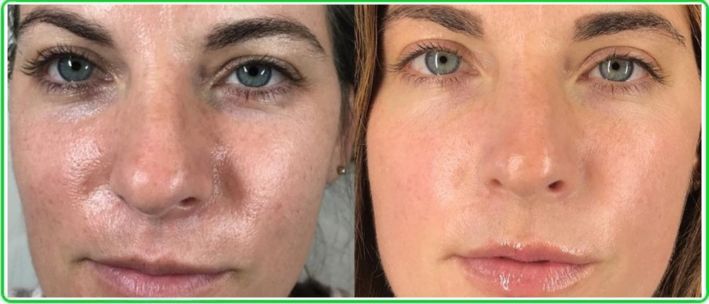FREQUENT EAR INFECTIONS IN CHILDREN: CAUSES, TREATMENT, AND PREVENTION

Two days in daycare — and your child is sick again? Ear pain, crying, no sleep, refusing food? It might be an ear infection. Why do some children get it often, while others never do? What are the warning signs? How can you treat it? Can it be prevented? Dr. Maryna, PhD, Associate Professor, and practicing ENT specialist, explains.
What is otitis?
By age three, 8 out of 10 children will have at least one ear infection. Otitis means inflammation of the ear. It can be outer ear or middle ear. In children, almost all cases (up to 99%) are acute otitis media — infection behind the eardrum. Most often, it’s a complication of a cold or flu. Viruses and bacteria travel from the nose to the middle ear through the Eustachian tube. In children, this tube is shorter and narrower, so swelling and blockage happen fast.
Causes of frequent otitis in children
- Narrow and short Eustachian tube.
- Frequent viral infections in preschool age.
- Hypertrophy adenoids.
- Allergy.
- Improper nose-blowing or sniffing back.
Symptoms
- Ear pain (often worse at night)
- Hearing loss or ear fullness
- Fever
- Irritability, crying, refusal to eat
- Dizziness, nausea, vomiting (if balance system is affected)
Otitis can become purulent within hours or days. Pressure rises in the middle ear. The eardrum may rupture. Pus drains from the ear.
Treatment
First rule: See a doctor immediately. Do not put anything in the ear before the examination.
Before the visit:
- Use nasal decongestant drops.
- Check temperature.
- Give rest and warm fluids.
Possible treatment by ENT:
- Antiseptic and pain-relief drops (if eardrum is intact)
- Antibiotics for bacterial infection
- Anti-inflammatory medicines
- Adenoid removal (if indicated)
- Eardrum incision (if indicated)
Do not stop antibiotics early. Do not heat the ear in case of pus.
Prevention
- Treat colds and runny nose precisely.
- Manage chronic ENT problems (adenoids, tonsils).
- Strengthen immunity — walks, healthy food, hardening, immunisation.
Research facts
- Adenoid removal reduces flare-ups by 45–60% in the first year.
- Decongestant drops in the first 24 hours of a cold lower risk by 35%.
- Antibiotics reduce risk of complications when prescribed correctly.
- Comprehensive prevention makes otitis three times less likely.
Remember
- Frequent illness — get a full ENT checkups.
- First symptoms — see a doctor.
- Self-treatment can cause hearing loss and complications.
- Treat colds on time — best prevention.
Dr. Maryna’s advice:
“Frequent otitis is not forever. Find and treat the cause — and ear pain will be gone. Don’t delay seeing an ENT.”












